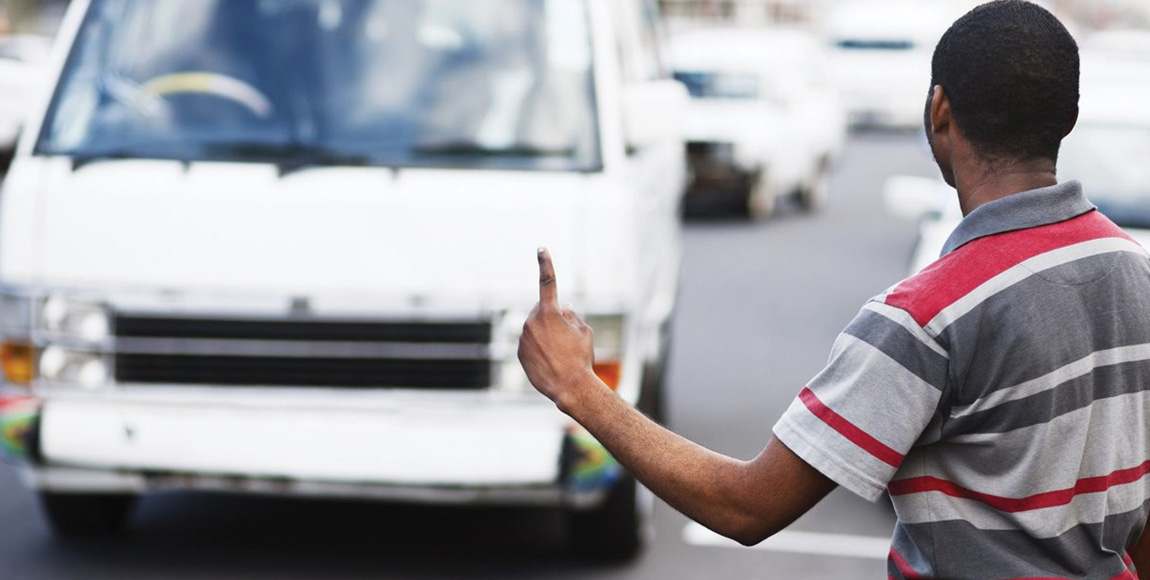Public transport needs lots of work

Vaughan Mostert wonders whether city councillors and municipal officials in Johannesburg and Durban have shares in the minibus-taxi industry – why else would they run empty buses and make no attempt to fix their public mobility services?
We keep hearing that minibus taxis carry about 70 percent of all public transport passengers. My guess is that in places like Durban and Johannesburg, the figure is more than 80 percent.
Is that a problem? Yes, because it means that only 20 percent of public transport users are able to take advantage of subsidised fares. Guess who gets hurt the most – the poorest of the poor who, assuming they have jobs, have to pay unsubsidised minibus-taxi fares.
A few recent peak-time surveys at the roadside near Umbilo and Umgeni stations in Durban presented a scary picture. There it is possible to see trains, buses and minibus taxis together. Both stations are about eight kilometres from the city – but on opposite sides – and one could expect peak-hour buses to be reasonably full at both places.
In 173 minutes of observation, 224 buses passed in both directions, 137 running with the peak flow and 87 against the peak. At least half of the peak-direction buses carried no more than about 30 passengers each. Only one bus carried standing passengers. Most of the empties were Durban Transport buses, subsidised by the municipality.
During the same period, 37 trains came past – an average of twelve minutes apart in each direction. Although they carried reasonable loads, that kind of frequency is not good enough for the so-called backbone of public transport, and new coaches alone will do nothing to improve things.
I was also amazed at the number of empty seats being dragged around in minibus taxis, running back to the townships at suicidal speed to pick up a few more passengers. A proper transport plan would have sorted this nonsense out by attracting commuters from a variety of areas, since many routes pass through residential areas, industrial parks and business districts – currently 100-percent motor car territory.
So, what is going on in both Durban and Johannesburg? The cities have spent large sums of money on bus rapid transit (BRT) projects while allowing their municipal bus services to collapse. Both services have been experiencing decades of incompetent management.
Several years ago, this column wrote about Go!Durban – the local version of BRT – and questioned whether it was the right way to go. My recent visit confirmed that the first stage between Pinetown and KwaMashu is taking shape, but the scheme is way behind schedule. Why can’t Durban fix its bus service in the meanwhile?
I am convinced that many councillors and officials have shares in the minibus-taxi industry. That’s the only reason I can think of for running empty buses while making no attempt to fix the bus service and carry more passengers.
And where, may I ask, is the government, the auditor-general, the treasury and the various departments of transport in all of this? The minister of finance needs to widen his focus on state-owned enterprises to include underperforming, subsidised transport operators.
Published by
Vaughan Mostert
focusmagsa



